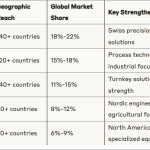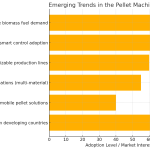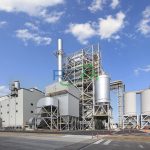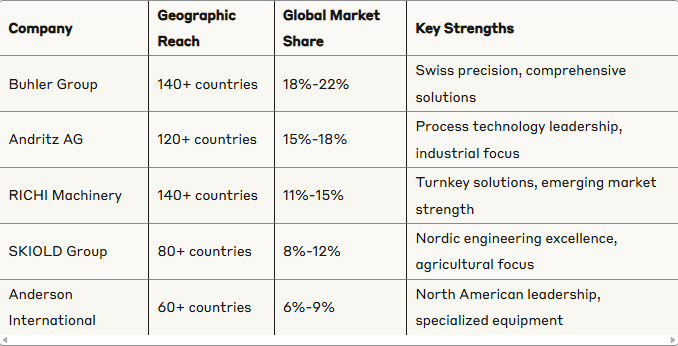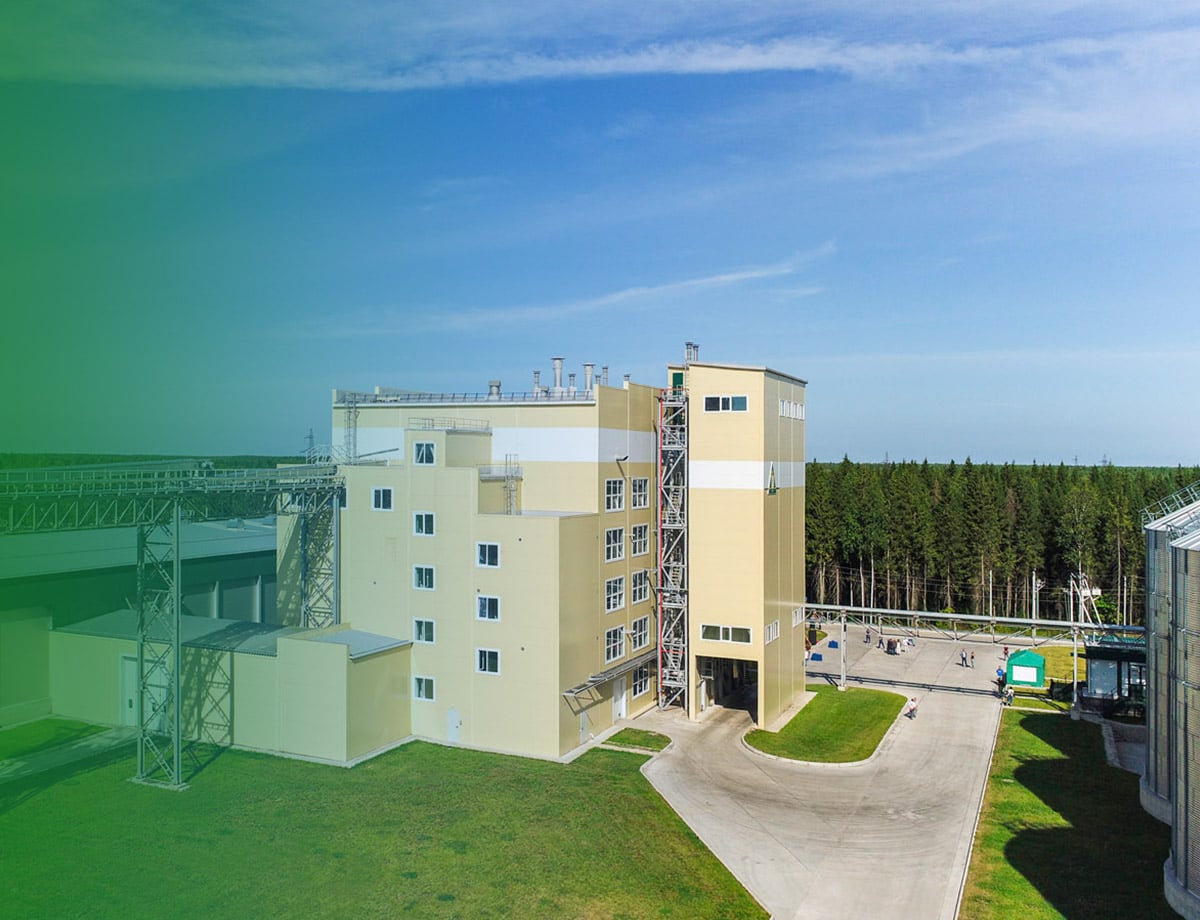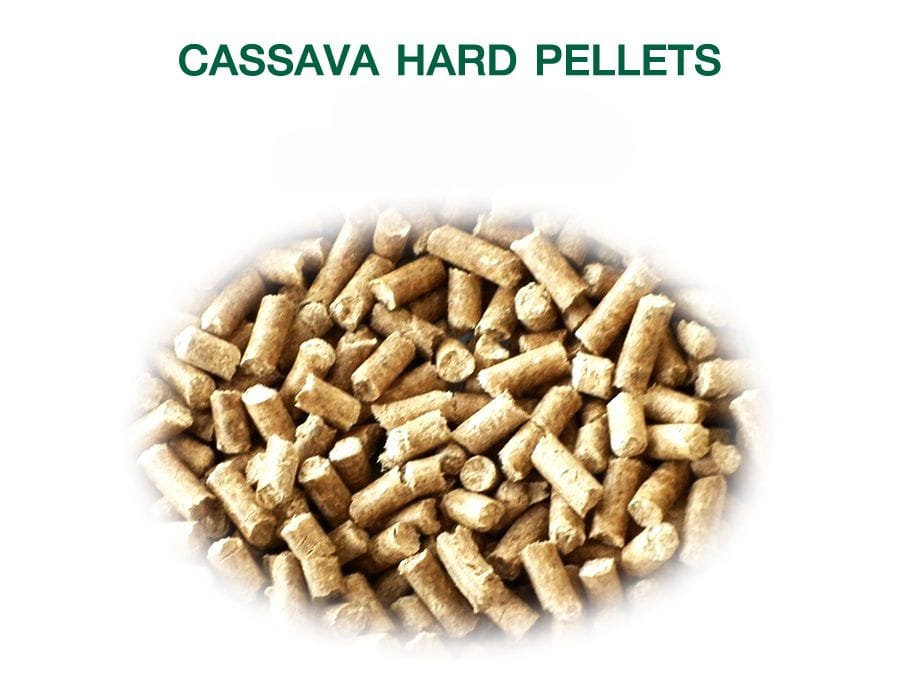Introduction
Composting is the cornerstone of organic fertilizer production. It is the process through which organic waste materials, such as animal manure, crop residues, and food waste, are decomposed into a nutrient-rich organic product. This process not only converts waste into valuable fertilizer but also significantly contributes to sustainable agricultural practices by enhancing soil fertility and reducing environmental pollution.
The role of composting systems in organic fertilizer production lines is critical, as they determine the quality and efficiency of the final product. In this article, we will explore the different composting techniques used in organic fertilizer production, the equipment involved, the importance of effective composting, and how to optimize the composting process for better fertilizer production.
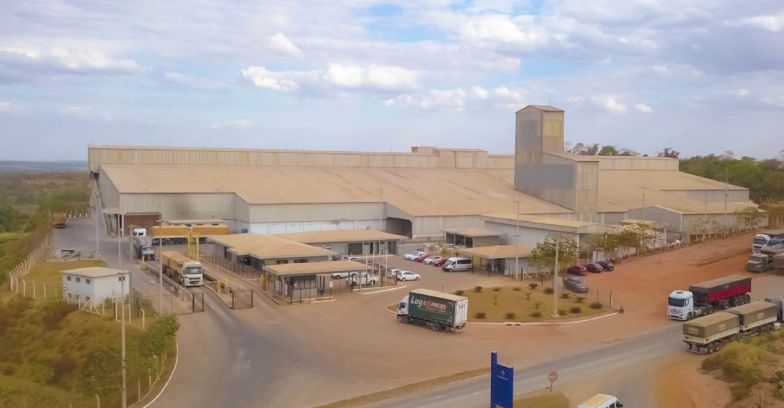
1. The Importance of Composting in Organic Fertilizer Production
Composting provides several key benefits that make it indispensable in organic fertilizer production:
- Nutrient Enrichment: Composting breaks down organic matter into essential nutrients such as nitrogen, phosphorus, and potassium, which are vital for plant growth.
- Soil Health: Organic fertilizers improve soil structure by increasing microbial activity, water retention, and aeration.
- Waste Management: Composting helps in recycling agricultural waste, reducing the amount of waste that ends up in landfills.
- Reduced Chemical Inputs: Organic fertilizers minimize the need for synthetic chemical fertilizers, leading to healthier soils and crops.
- Environmental Benefits: Effective composting reduces greenhouse gas emissions compared to traditional waste disposal methods.
2. Key Composting Techniques Used in Organic Fertilizer Production
There are several composting methods, each with its unique characteristics and advantages. The choice of composting technique largely depends on the scale of production, the type of raw materials, and the available budget.
A. Aerobic Composting (Windrow Composting)
Aerobic composting is one of the most common methods used in large-scale organic fertilizer production lines. It involves creating long rows (windrows) of organic waste that are periodically turned to aerate the material and accelerate the decomposition process.
Advantages:
- Efficient for large volumes of waste.
- Faster decomposition with proper turning.
- Low capital investment compared to other methods.
- Low odor when managed correctly.
Disadvantages:
- Requires large space for windrow formation.
- Labor-intensive turning process.
- Weather-dependent, as windrows are exposed to the elements.
Equipment Used:
- Windrow Turner: A machine used to mix and aerate the compost in the windrows.
- Moisture Control System: Ensures the compost maintains the correct moisture levels (50-60%).
- Temperature Monitoring Devices: To track the composting temperature (optimally between 55-65°C).
B. In-Vessel Composting
In-vessel composting is a more controlled process, where organic waste is placed in sealed containers or drums to decompose. This method is typically used for small to medium-scale operations or in environments where space is limited. (Related post: organic fertilizer production project)
Advantages:
- Fast and controlled process.
- Minimal space requirement.
- Reduced odor and leachate problems.
Disadvantages:
- Higher initial cost for equipment.
- Requires more energy for aeration.
- Needs careful monitoring of temperature and moisture levels.
Equipment Used:
- Composting Bins or Vessels: Sealed containers for composting.
- Aeration Systems: To ensure proper airflow within the vessel.
- Moisture Control Units: To maintain optimal moisture levels.
- Temperature Sensors: To monitor and control the composting temperature.
C. Tunnel Composting
Tunnel composting is an advanced composting system in which organic waste is placed in long, covered tunnels. This system is ideal for large-scale operations as it allows for a higher degree of control over the composting process.
Advantages:
- Quick composting process.
- Controlled environment reduces odor and leachate.
- Suitable for both large-scale and small-scale operations.
- Can handle a variety of raw materials.
Disadvantages:
- High capital and operational costs.
- Requires specialized equipment and monitoring.
- May not be as flexible as windrow composting for some raw materials.
Equipment Used:
- Composting Tunnel: Large, covered structures used to house the organic materials during the composting process.
- Automated Turning System: Ensures proper aeration and mixing of the compost material.
- Temperature and Humidity Sensors: Help maintain optimal composting conditions.
D. Vermicomposting
Vermicomposting involves the use of earthworms to decompose organic waste into nutrient-rich compost. This method is considered environmentally friendly and is often used for small-scale operations or specialized organic fertilizer production.
Advantages:
- Produces high-quality compost known as vermicast, rich in beneficial microorganisms.
- Low energy input and minimal environmental impact.
- Produces nutrient-dense, slow-release fertilizer.
Disadvantages:
- Slow decomposition process.
- Limited to small-scale operations.
- Requires careful management of the worms and their habitat.
Equipment Used:
- Vermicomposting Bins or Beds: Containers or beds where the worms are placed to process the organic material.
- Worm Harvesting Tools: Tools used to separate the worms from the compost once the process is complete.
- Moisture Control: To ensure the compost remains at an optimal moisture level for the worms.
3. The Role of Equipment in Composting Systems
Efficient composting is heavily dependent on the quality of equipment used. The right equipment can significantly improve the speed, quality, and consistency of the composting process. Below are some of the most common equipment used in composting systems:
A. Compost Turners
Compost turners are used to mix and aerate the compost material in large-scale composting systems. These turners are essential for ensuring that oxygen reaches the material, which helps to speed up the microbial activity and decomposition process.
Types of Compost Turners:
- Crawler Compost Turners: Suitable for large-scale, windrow composting. They can cover large areas and turn compost quickly.
- Self-Propelled Compost Turners: Easier to operate and suitable for smaller or medium-sized operations.
- Groove Turners: Used for tunnel composting systems.
B. Crushers and Shredders
Before composting, large organic materials such as branches or leaves must be crushed or shredded to ensure faster decomposition. Crushers and shredders break down large particles into smaller, more manageable sizes.
C. Aeration Systems
Proper aeration is essential for aerobic composting. Aeration systems ensure that the compost has enough oxygen to facilitate the growth of beneficial bacteria and fungi, which break down organic materials.
4. The Composting Process: Key Steps and Considerations
A. Raw Material Preparation
The first step in composting is preparing the raw materials. This involves collecting organic waste from farms, food production facilities, or municipal sources. The raw material must be shredded, ground, or chopped into smaller pieces to allow for efficient decomposition.
C/N Ratio:
The ideal Carbon to Nitrogen (C/N) ratio for composting is between 25:1 and 30:1. This balance ensures that microbes have enough energy to break down the material.
B. Monitoring and Maintenance
Throughout the composting process, it is essential to monitor temperature, moisture, and aeration levels. These factors should be adjusted regularly to maintain optimal conditions for decomposition.
Temperature:
The ideal temperature range for aerobic composting is between 55-65°C, which encourages the growth of thermophilic bacteria that help break down organic material.
C. Post-Compaction and Screening
After composting, the material is screened to remove oversized particles, which can be further composted or used as mulch. The final product is then ready for packaging and sale. (Related post: fertilizer granulator machine)
5. Optimizing the Composting Process for Efficiency
To ensure that the composting process is as efficient as possible, consider the following:
- Pre-processing Raw Materials: Shredding and mixing materials to achieve the correct C/N ratio.
- Use of Aeration Systems: Implementing mechanical aerators or forced air systems to speed up the composting process.
- Compost Additives: Adding bio-stimulants, enzymes, or microbes to accelerate decomposition and improve compost quality.
- Temperature and Moisture Control: Regular monitoring and adjustment of environmental conditions within the composting system.
6. Environmental Impact of Composting Systems
Composting is one of the most environmentally friendly methods of waste management. However, it is important to manage it correctly to avoid potential issues such as odors, leachate, and greenhouse gas emissions. Proper management ensures that the process remains a sustainable solution for organic waste recycling.
Tips for Minimizing Environmental Impact:
- Leachate Management: Ensure that the composting site has proper drainage systems to prevent leachate runoff.
- Odor Control: Use biofilters, compost covers, or aeration systems to minimize odors.
- Energy Efficiency: Opt for low-energy equipment and consider renewable energy sources for composting systems.
7. Conclusion
The composting system is the heart of an organic fertilizer production line. Choosing the right composting method, equipment, and optimizing the process will not only ensure high-quality fertilizer but also contribute to sustainability and waste reduction. Small-scale operations can benefit greatly from efficient composting systems, as they offer a cost-effective solution for recycling organic waste and producing nutrient-rich fertilizers for local farms.
With proper planning, equipment selection, and environmental considerations, organic fertilizer producers can establish efficient composting systems that meet both agricultural and ecological needs. As organic farming continues to grow globally, the demand for quality organic fertilizers will increase, and investing in effective composting solutions will pay off for years to come.

